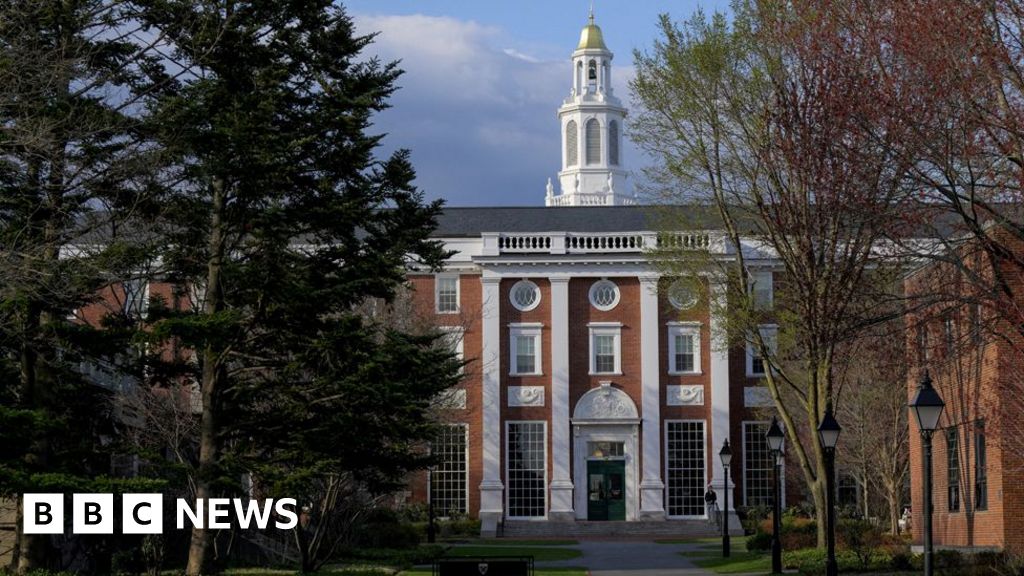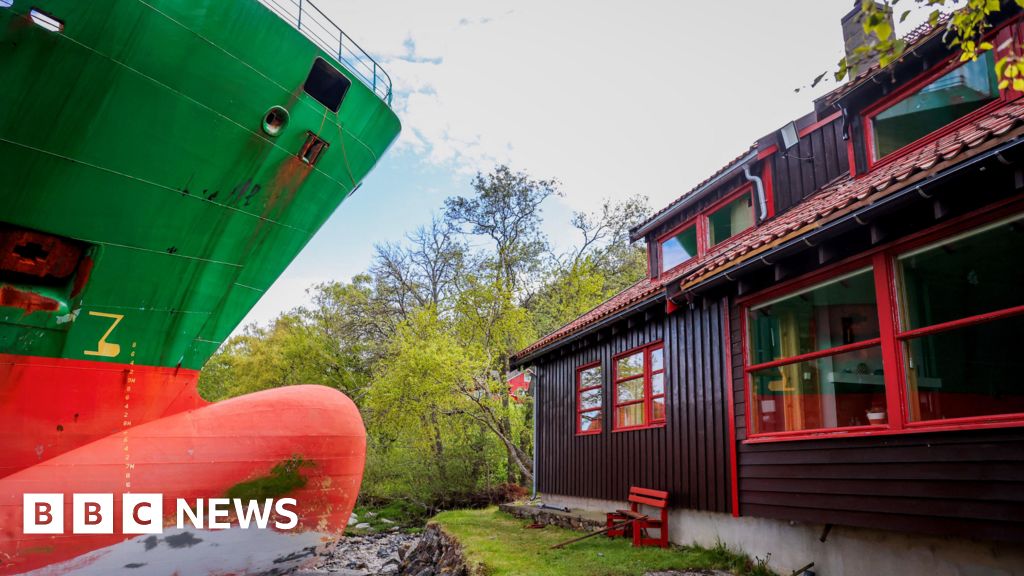Organelles in cells were originally often independent cells, which were incorporated by host cells and lost their independence in the course of evolution. A team of biologists headed by Professor Dr. Eva Nowack at Heinrich Heine University Düsseldorf (HHU) are examining the way in which this assimilation process occurs and how quickly. They now describe their findings about an intermediate stage in this process in Science Advances.
Eukaryotic cells contain a large number of functional sub-units, so-called organelles. They perform important functions within the cell. Some organelles were independent, single-celled organisms at some point in the past. They were then taken up by a cell and have evolved over time in symbiosis with the host cell.
These “endosymbionts” lost their ability to function autonomously in the process. One well-known example of this type of organelle is the mitochondrion, which evolved from a bacterium.
The working group headed by Professor Nowack at the Institute of Microbial Cell Biology is researching how cells and their endosymbionts have adapted to and evolved in symbiosis with each other over the course of millions of years.
The Science Advances paper focuses on the trypanosomatid Angomonas deanei, a single-celled flagellate from the sub-family Strigomonadinae. These organisms live in the intestines of insects.
Professor Nowack explains, “All members of the Strigomonadinae sub-family have an endosymbiont. At some point around 40 to 120 million years ago, a common ancestor of the current Strigomonadinae absorbed a protobacterium, from which the endosymbiont evolved.
It supplies its host cells with metabolites and so-called co-factors, which have e.g. a catalytic function in enzymes. “It is noteworthy that each host cell has just one of these endosymbionts, which always divides synchronously with the host cell,” adds Nowack.
In 2022, the Düsseldorf-based research team reported in Current Biology that several proteins produced by the host cell interact with the endosymbiont. One of these proteins, called ETP9, forms a ring around the endosymbiont division site.
The researchers working with Professor Nowack and her Ph.D. student Anay Maurya have now found out that the endosymbionts of Strigomonadinae—which used to be independent bacteria—have lost virtually all the genes required for division. The gene, which describes the protein FtsZ and marks the division site in bacteria and most organelles, is one of the few remaining bacterial cell division genes.
Maurya, member of the Manchot Graduate School “Molecules of Infection IV” and lead author of the study said, “Controlled from the cell nucleus, the protein ETP9 accumulates at the endosymbiont division site in a process that is dependent on the cell cycle.
“When we stop the production of ETP9 experimentally, the endosymbiont can no longer divide. Long thread-like endosymbionts arise, in which the bacterial protein FtsZ now marks several division sites, but they can no longer divide without the help of the host protein ETP9.”
The endosymbiont in A. deanei thus represents an intermediate stage between an endosymbiotic bacterium—which is still genetically autonomous—and an organelle, which is almost entirely controlled by the host cell. The endosymbiont has lost genes, which are essential for its autonomous survival. Genes in the nucleus of the host cell have now replaced their functions.
Nowack adds, “These fundamental findings help us understand how an organelle evolves from a bacterium. Using this mechanism, it may also be possible to develop a synthetic symbiosis in the future in which synthetic endosymbionts are controlled by the cell nucleus.”
The biologists from the Institute of Microbial Cell Biology conducted the research work in collaboration with the Institute of Medical Microbiology and Hospital Hygiene at HHU (research team headed by Professor Dr. Stefanie Scheu) and the Center for Advanced Imaging.
More information:
Anay Maurya et al, A nucleus-encoded dynamin-like protein controls endosymbiont division in the trypanosomatid Angomonas deanei, Science Advances (2025). DOI: 10.1126/sciadv.adp8518. www.science.org/doi/10.1126/sciadv.adp8518
Citation:
How an organelle evolves in symbiosis with a cell: Intermediate stage sheds light on the assimilation process (2025, March 19)
retrieved 19 March 2025
from
This document is subject to copyright. Apart from any fair dealing for the purpose of private study or research, no
part may be reproduced without the written permission. The content is provided for information purposes only.


















